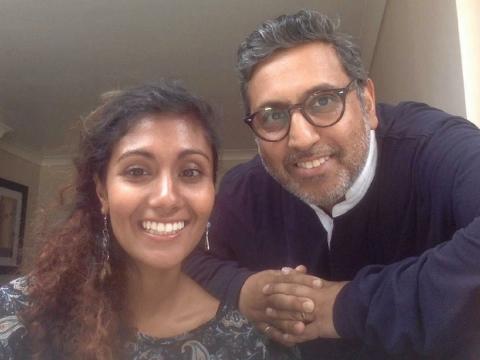What is aplastic anaemia?
Aplastic anaemia is a type of blood disorder where your bone marrow doesn’t make enough of all the different types of blood cells. This specifically includes red blood cells, whose purpose is to carry oxygen around your body.
Anaemia is a condition where you don’t have enough healthy red blood cells. This can cause symptoms including:
- fatigue
- headaches
- concentration problems
- more serious issues, like shortness of breath.
Some people have anaemia because they lack iron in the blood. But in the case of aplastic anaemia, it means you have anaemia because your bone marrow is not producing enough red blood cells.
How many people are diagnosed with aplastic anaemia?
In the UK, around 100 to 150 people a year are diagnosed with aplastic anaemia.
It is more common in people aged between 10 and 20, as well as over 60s.
'I noticed a pin prick rash on Evie's skin and was told to take her to A&E. After lots of tests, she was diagnosed with severe aplastic anaemia. I was glad it wasn't cancer but was then told it was just as serious.
Tina, whose daughter Evie had a stem cell transplant to treat aplastic anaemia
Treatments for aplastic anaemia
In mild cases of aplastic anaemia, doctors might offer:
- blood transfusions
- medication to help prevent infection.
They’ll usually continue to monitor your blood count and change the treatment based on severity.
In severe cases of aplastic anaemia, where other treatments haven’t helped, doctors might offer:
- immunosuppression treatments,which lower the activity of your immune system
- allogeneic stem cell transplant, which means someone else donates their stem cells to you.
Children with aplastic anaemia are more likely to need a stem cell transplant than adults. If you’re a parent supporting a child through a transplant, find information and support on our page My child is having a transplant.
How many people have a stem cell transplant to treat aplastic anaemia?
There were 93 stem cell transplants in the UK to treat severe aplastic anaemia in 2023.
Where to find support for aplastic anaemia
Anthony Nolan supports people with all sorts of conditions that might use stem cells or cell therapies for treatment. But other organisations support people affected by specific blood disorders like aplastic anaemia.
To find out more about aplastic anaemia symptoms, diagnosis and treatments, you can visit:
- The Aplastic Anaemia Trust (AAT)
- Aplastic Anemia and MDS International Foundation
- Marrowkidz – information for young people by the AAT
To find advice and support for living with blood disorders like aplastic anaemia, you can visit:

I was a busybody teenager. Always out and about seeing friends. I started getting awful headaches. I was constantly exhausted and achy. I managed to ignore the signs for so long because I was scared of needles, but thankfully my dad forced me to get a blood test
Anie, who had a stem cell transplant in 2013 to treat her aplastic anaemia. You can read her story on our blog
